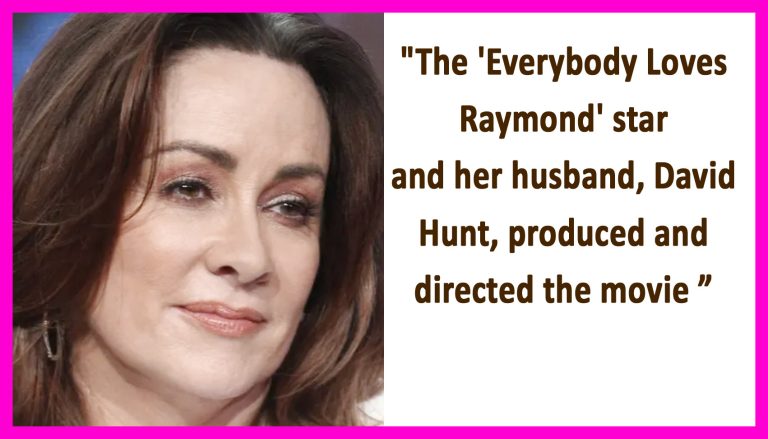Situationships, Ghosting, and Soft Launches: New Rules of Modern Romance
In the era of instant messaging, dating apps, and social media updates, modern romance has undergone a dramatic transformation. Traditional dating scripts involving clearly defined roles, labels, and stages have given way to an era characterized by ambiguity and improvisation. Terms like “situationships,” “ghosting,” and “soft launches” have become part of the everyday vocabulary of love, representing a shifting landscape where emotional connections are both more fluid and more complex.
This article explores the evolving dynamics of relationships in contemporary society, unpacks the emotional implications of these new trends, and provides insights into how individuals navigate the often-murky waters of 21st-century love.
What Is a Situationship?
A situationship is a romantic or sexual relationship that exists without traditional commitment or labels. It is more than a friendship but not quite a relationship. It’s the undefined space between “hanging out” and “dating.”
People enter situationships for various reasons: fear of commitment, emotional unavailability, a desire for companionship without responsibilities, or as a transitional phase. In a culture that prizes freedom and flexibility, situationships can feel like a low-pressure alternative to traditional dating.
However, situationships often come with emotional complications. Without clear expectations, individuals may experience confusion, insecurity, or disappointment. One partner may want more while the other prefers to keep things casual. The lack of clarity can cause stress, especially when external pressures—like social media or friends—highlight what the connection lacks.
Why They’re So Common Today
- Dating apps encourage quantity over quality, making relationships seem endlessly replaceable.
- Fear of vulnerability has risen in an age of performative perfectionism.
- Busy lifestyles leave little time for building and maintaining committed relationships.
- Social norms have shifted, with many millennials and Gen Zers rejecting traditional timelines (marriage, kids, etc.).
Ghosting: The Silent Goodbye
One of the most painful aspects of modern romance is ghosting—when one person suddenly cuts off all communication without explanation. Whether it happens after a few texts or months of dating, ghosting leaves the other person confused and hurt.
The rise of digital communication has made it easier than ever to disappear. Unlike in-person relationships, where avoidance might be difficult, online connections allow people to vanish with a single tap. No confrontation. No accountability.
Why Do People Ghost?
- Avoiding discomfort: Confrontation is hard. Ghosting provides an easy out.
- Low emotional investment: If the relationship wasn’t deep, they might not feel obligated to explain.
- Overwhelm: Emotional fatigue or mental health struggles may lead someone to withdraw.
- Digital detachment: Online interactions can feel less “real,” making empathy harder to access.
The Emotional Toll of Ghosting
Being ghosted can lead to:
- Lowered self-esteem
- Increased anxiety
- Overanalyzing and self-blame
- Distrust in future relationships
The ambiguity of ghosting makes it uniquely cruel. There’s no closure, no answers, and often, no warning signs.
The Rise of the Soft Launch
In contrast to overt declarations of love, the “soft launch” is a social media phenomenon where someone subtly introduces their partner to the public. Think: a photo of two wine glasses, a shadowy figure in the background, or a hand-holding selfie without tags or names.
A soft launch is a tease, not a confirmation. It’s a way of testing the waters, gauging reactions, or simply keeping things private in a world where everything is public.
Why People Soft Launch
- Protect privacy: Early relationships are fragile and public scrutiny can be harsh.
- Avoid embarrassment: If things don’t work out, there’s less cleanup.
- Maintain control: People can shape the narrative without revealing too much.
- Signal exclusivity: Without declaring “in a relationship,” a soft launch sends a subtle message.
From Launch to Hard Launch
Some couples eventually move from soft to “hard launch”—a full, official reveal. But many relationships stay in the soft launch phase forever. This ambiguity mirrors the nature of modern love: present, but undefined.
How Social Media Shapes Modern Love
Social media is not just a backdrop to our romantic lives—it actively shapes them.
- Validation through visibility: People often equate posting a partner with being valued.
- Comparison culture: Curated photos of perfect couples create unrealistic expectations.
- Performance pressure: Dates become content. Breakups become statements.
- Digital surveillance: Who liked whose photo? Who viewed your story? These tiny interactions become clues in a romantic mystery.
This hyper-visibility can amplify insecurities and pressure people to act according to the “relationship timeline” set by peers, not personal comfort.
Ambiguity as a Feature, Not a Bug
One of the defining features of modern romance is intentional ambiguity. Unlike past generations, which emphasized clear labels and trajectories (boyfriend, fiancé, husband), today’s lovers often swim in murky waters.
Reasons Behind the Ambiguity Trend
- Fear of being “too much”: Expressing desires or asking for clarity can feel risky.
- Cultural shifts: We value autonomy, flexibility, and choice more than ever.
- Fluid identities: Not just in terms of sexuality, but also in how we relate to others romantically.
- Avoidance of heartbreak: If nothing is defined, nothing can be broken.
This ambiguity often protects people from vulnerability, but it can also deny them the depth of intimacy that comes with clearly defined, emotionally open relationships.
Communication: The Missing Ingredient
In many modern relationships, what’s missing is not love—but communication. People may be physically close yet emotionally distant, unsure how to express what they want or feel.
Open dialogue about expectations, boundaries, and feelings is essential—but often neglected. Many fear being seen as needy, intense, or controlling. As a result, they suppress their needs or assume the worst.
How to Navigate Modern Romance Healthily
- Communicate your expectations early
- Don’t be afraid to ask for clarity
- Respect your own emotional needs
- Avoid playing games—be honest
- If ghosted, remember it’s not about your worth
Healthy love requires vulnerability and courage, two things often lost in the ambiguity of digital-age dating.
The Role of Technology
Apps like Tinder, Bumble, and Hinge have revolutionized dating, making it more accessible—but also more transactional.
Pros:
- Expands dating pool
- Convenient for busy lives
- Helps marginalized groups find community
Cons:
- Encourages superficial judgments
- Creates a paradox of choice
- Fosters detachment and burnout
Algorithmic romance can sometimes reduce love to swipes and stats, undermining the human connection at its core.
Mental Health and Modern Romance
There’s growing awareness about how digital-age dating affects mental health.
Common Issues:
- Anxiety over texting patterns or response times
- Insecurity due to comparisons on social media
- Burnout from constant swiping
- Loneliness in casual or undefined relationships
Experts suggest prioritizing self-awareness and emotional regulation when engaging in modern dating. Knowing your attachment style, boundaries, and triggers can help you navigate relationships more effectively.
Redefining Success in Love
Traditionally, success in love meant marriage, children, and a shared home. Today, success is more personal and varied. For some, it’s emotional intimacy. For others, it’s companionship without cohabitation. Some value sexual freedom; others prioritize spiritual connection.
Modern romance invites us to define love on our own terms. While this freedom is empowering, it also requires intentionality and self-knowledge.
Conclusion: Toward More Conscious Connections
Situationships, ghosting, and soft launches are not just buzzwords—they are symbols of a changing romantic culture. They reflect our desires for freedom, our fears of vulnerability, and our attempts to connect in a fragmented world.
The rules of love have changed, but the core human need for connection remains the same. To thrive in modern romance, we must embrace clarity, empathy, and courage. We must speak up, show up, and choose connection—even when it’s messy.
Because at the heart of all these trends is one truth: we are still learning how to love—and be loved—in the age of ambiguity.


























